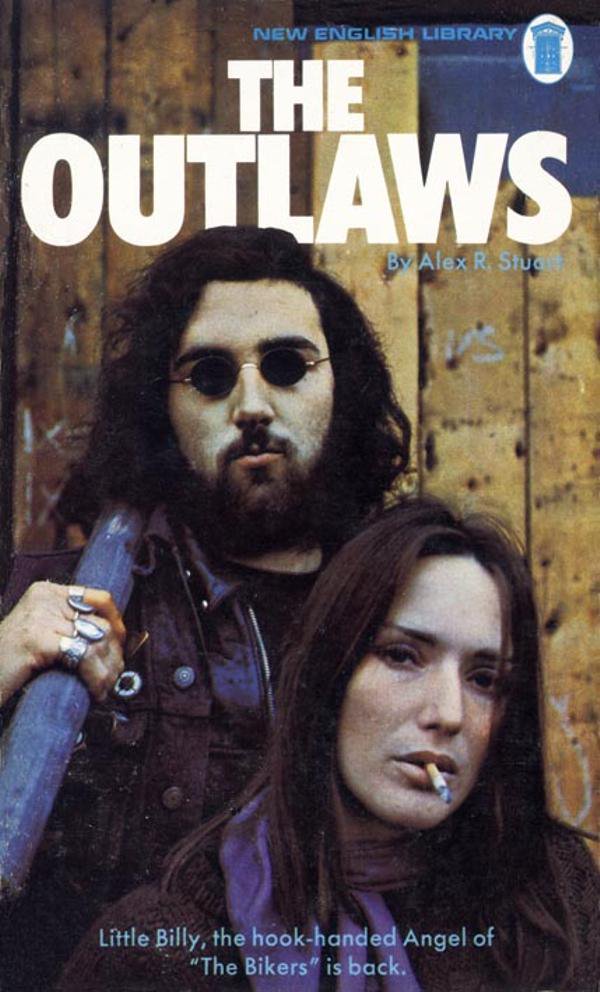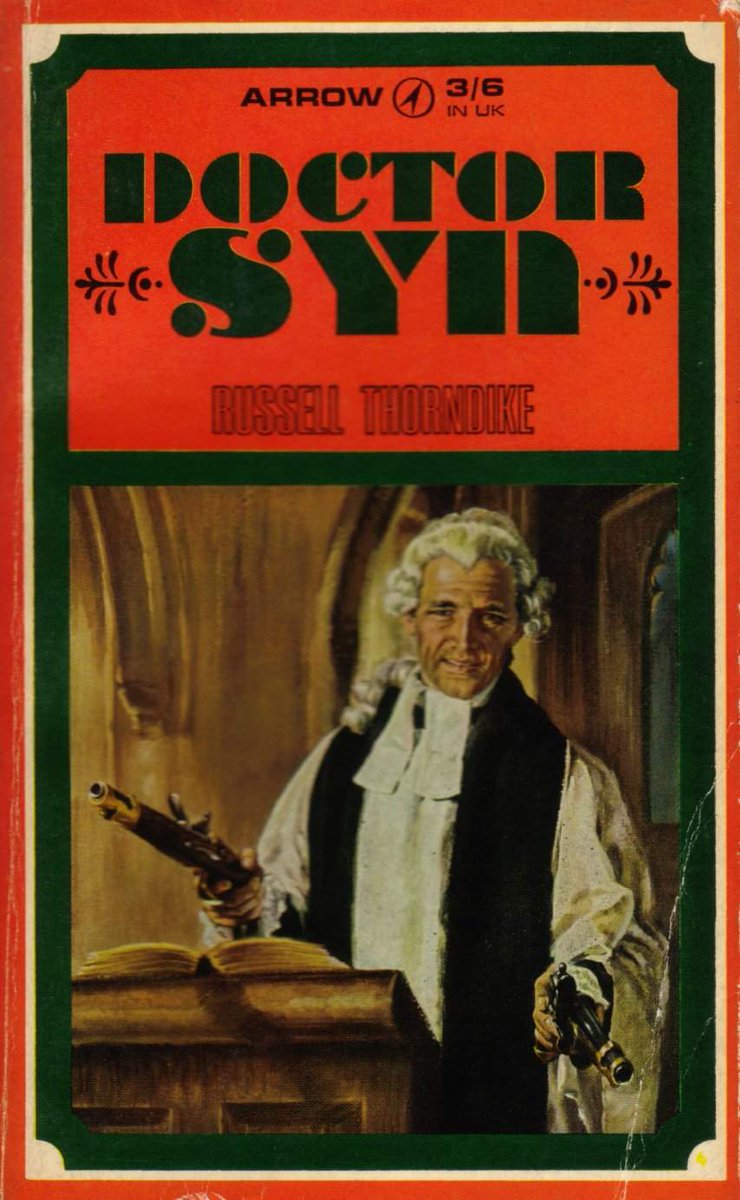It was the biggest manhunt in Britain: police, the press, aeroplanes, psychics all tried to solve the disappearance. In the end nobody really knew what happened. It was a mystery without a solution.
This is the story of Agatha Christie's 11 lost days...
This is the story of Agatha Christie's 11 lost days...

By 1926 Agatha Christie's reputation as a writer was setting to grow. Her sixth novel - The Murder of Roger Ackroyd - had been well-received and she and her husband Archie had recently concluded a world tour. But all was not well with the marriage. 

In April 1926 Agatha Christie’s mother died. Christie was very close to her: she had been home-schooled and believed her mother was clairvoyant. The shock of her sudden death hit the author hard. 

Shortly afterwards her husband Archie told Agatha he was in love with his secretary Nancy Neele and wanted a divorce. For the sake of the children the Christies kept up the pretence of marriage, moving to their country house Styles whilst Archie continued his affair. 

Then, on the morning of December 3, Agatha and Archie had an argument. Archie left to spend a weekend away with his mistress. Agatha left her daughter with the housekeeper, got into her car and drove away. 

The next morning her abandoned Morris Cowley was found in the bushes at Newlands Corner, Guildford. It looked like a car accident, but the driver was missing. The headlights were on and a suitcase and coat remained in the back seat. 

After three days of searching for Christie, speculation began to mount. The press published lurid theories as to what might have happened. Both Archie Christie and his mistress Nancy Neale were under suspicion. Could Agatha have been murdered? 

Christie was known to be in a depressed state from her mother's death and Archie's affair, as well as literary overwork. A local lake - known as the Silent Pool - was dredged by police in case she had committed suicide. 

Other less charitable explanations were circulating too: it was a publicity stunt to sell more books; the disappearance was a cruel hoax to punish Archie's infidelity. Nobody knew for certain. 

Fellow mystery writers got involved in the case. Arthur Conan Doyle - a keen spiritualist - took one of Christie’s gloves to a medium in the hope that it would provide answers. Dorothy L. Sayers visited Newlands Corner to search for possible clues. 

A week after Christie's disappearance the case was front page news in the New York Times. A huge manhunt was underway with thousands of police and eager volunteers combing the country. Spotter planes were brought in to help. 

Then, ten days after she had vanished, a waiter at the Hydropathic Hotel in Harrogate contacted the police. He believed that a South African guest by the name of Theresa Neale may actually be Agatha Christie in disguise. 

Archie travelled to Harrogate with the police. He took a seat in the hotel’s dining room and watched 'Theresa Neale' walk in, sit down and start reading a newspaper which had her own disappearance on its front page. When he approached her she seemed not to recognise him. 

She returned home with him. At the time Archie stated that his wife was suffering from amnesia and concussion, later corroborated by two doctors. "She does not know why she is here" he told the press. 

Agatha and Archie divorced in 1928. He married Nancy Neele whilst she retained custody of their daughter and kept the name Christie for her writing. Two years later, having travelled to Baghdad on the Orient Express, she met and later married the archaeologist Max Mallowan. 

So what really happened? Christie herself did not discuss the incident, leaving it out of her autobiography. Could it have been amnesia? Was it a revenge plot against philandering Archie? Was it a breakdown? An averted suicide attempt? We will never know for certain. 

The latest theory is that Agatha Christie was in a fugue state: a psychogenic trance brought on by trauma and depression. She literally did not recognise herself, and possibly didn't understand what had happened to her. 

Agatha Christie went on to enjoy a long and successful writing career and a happy marriage to Max. She passed away in 1976, age 85, from natural causes. Whatever happened on those 11 missing days is a mystery that at least had a happy ending.
More stories another time...
More stories another time...

• • •
Missing some Tweet in this thread? You can try to
force a refresh























